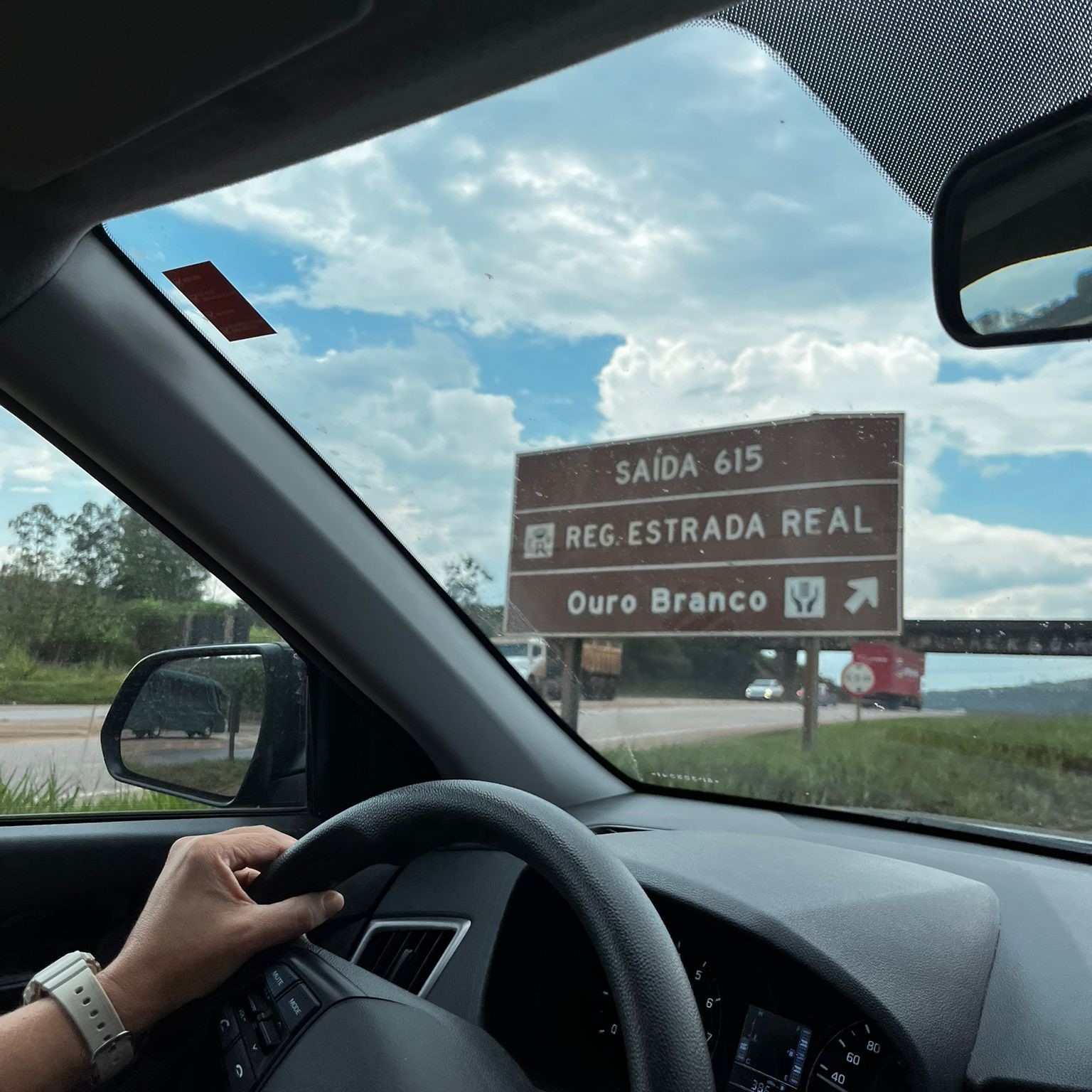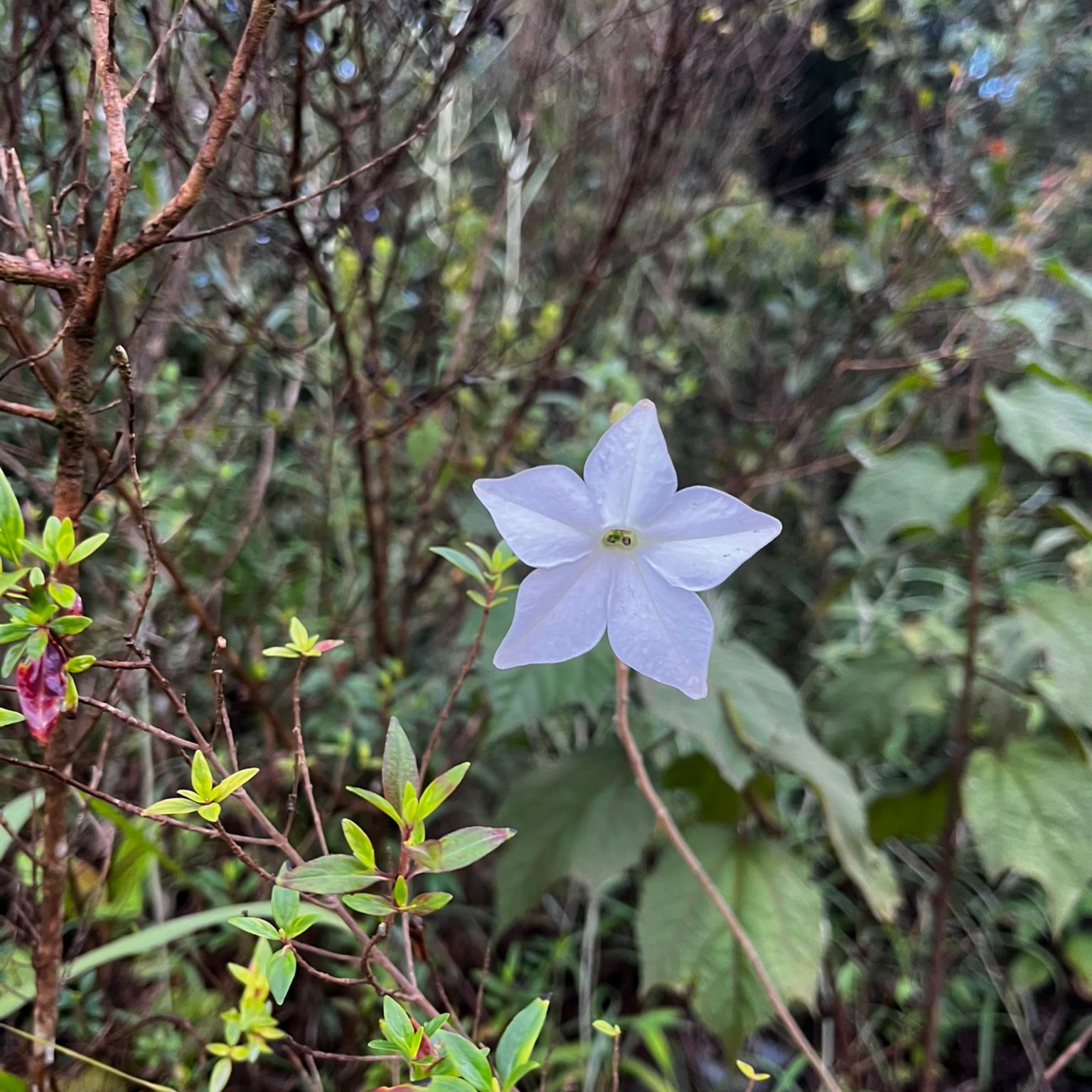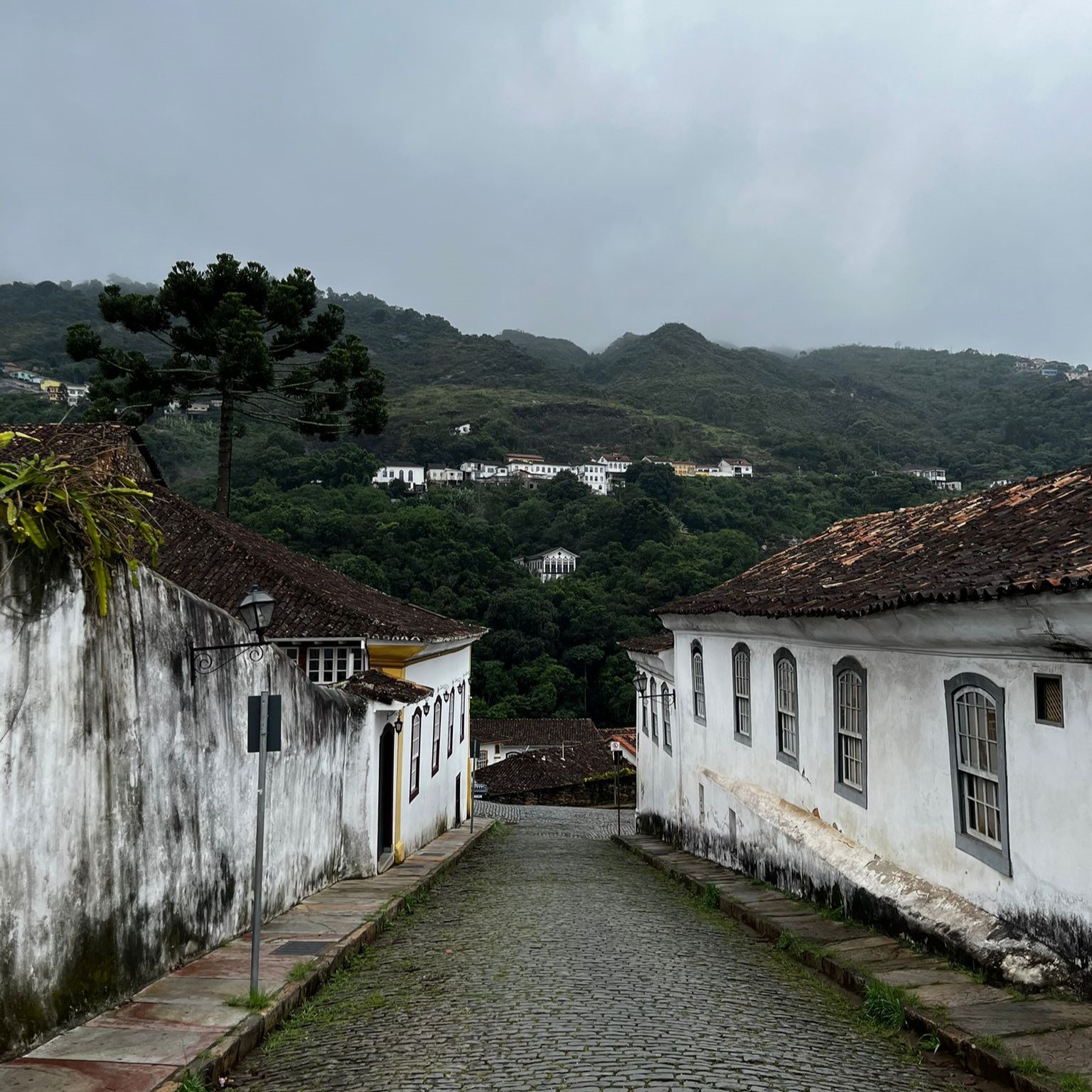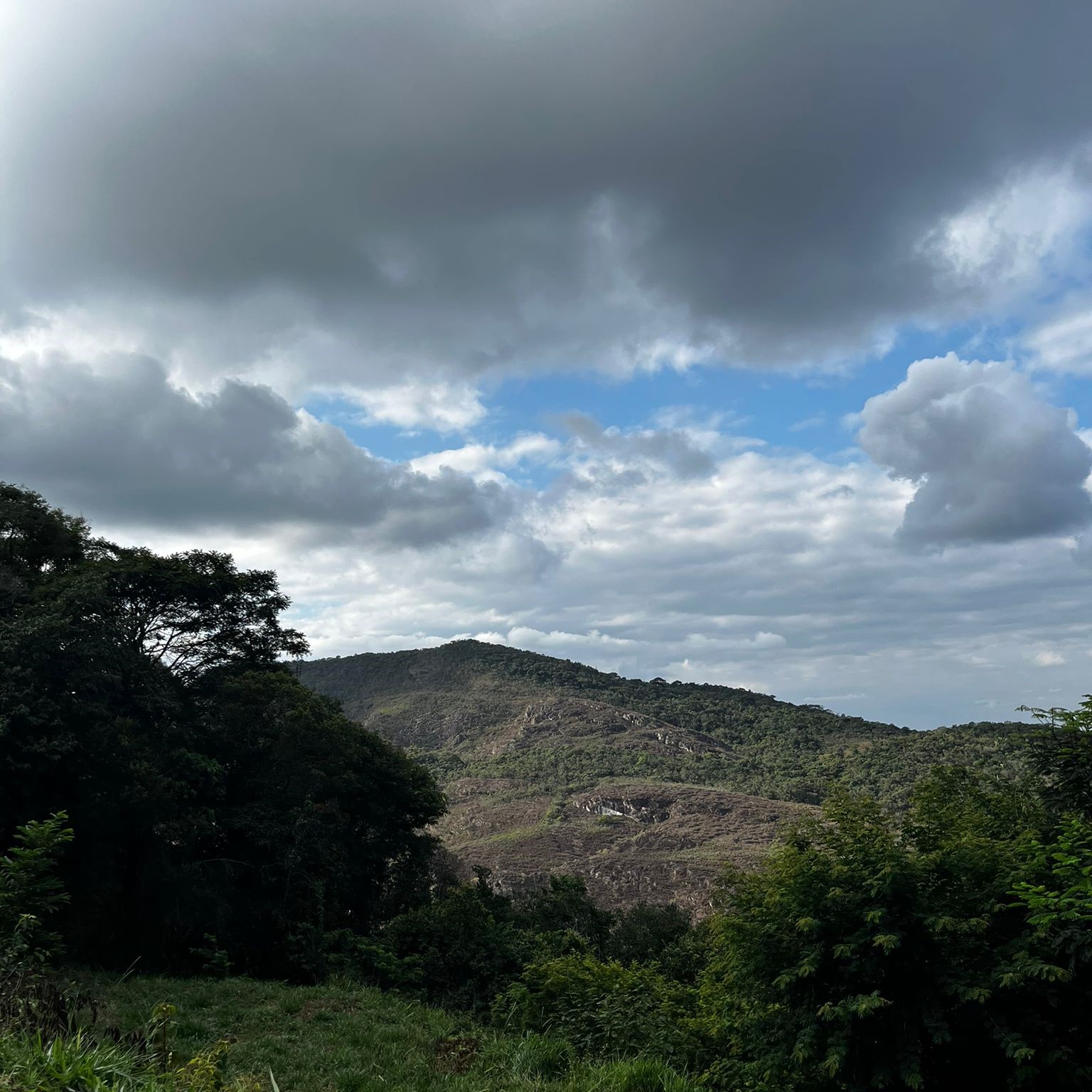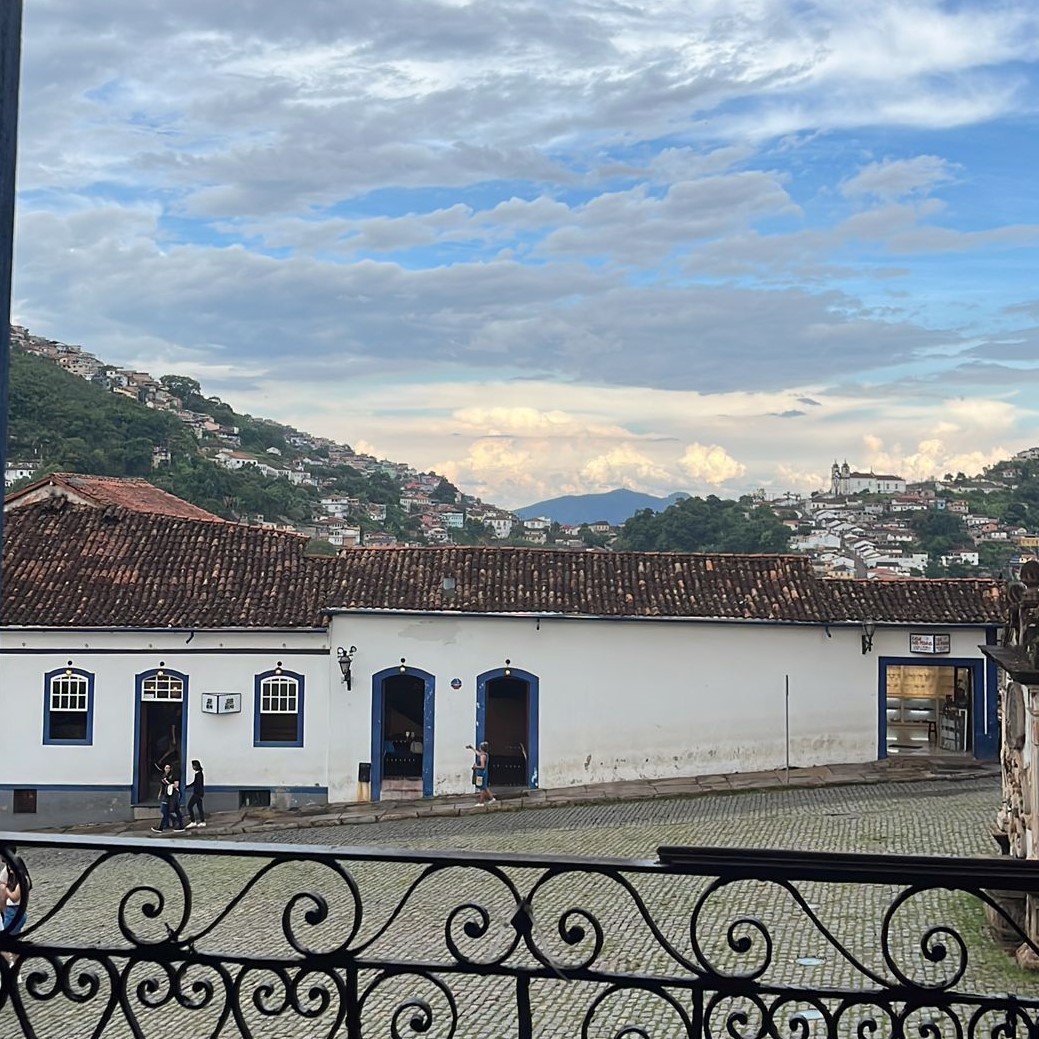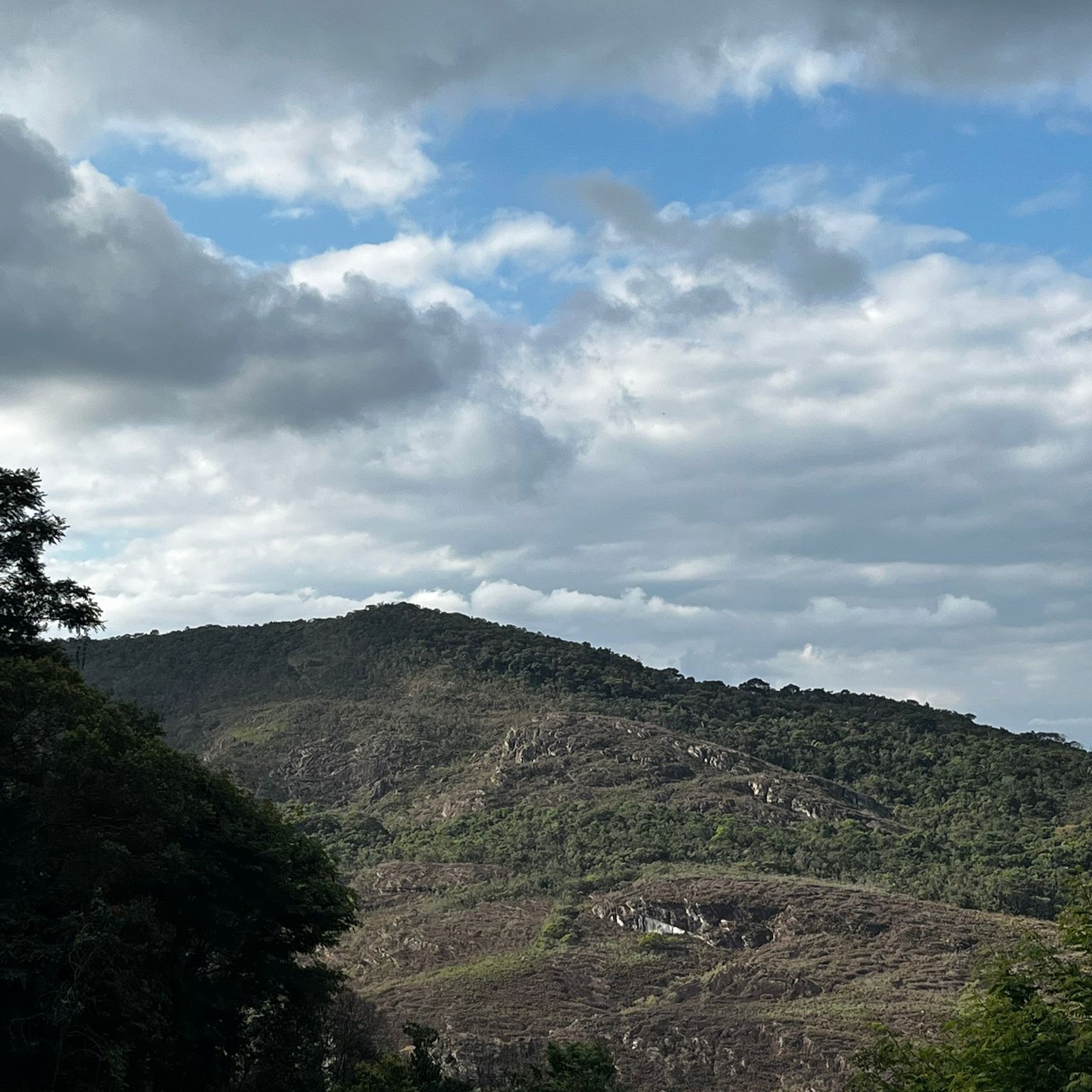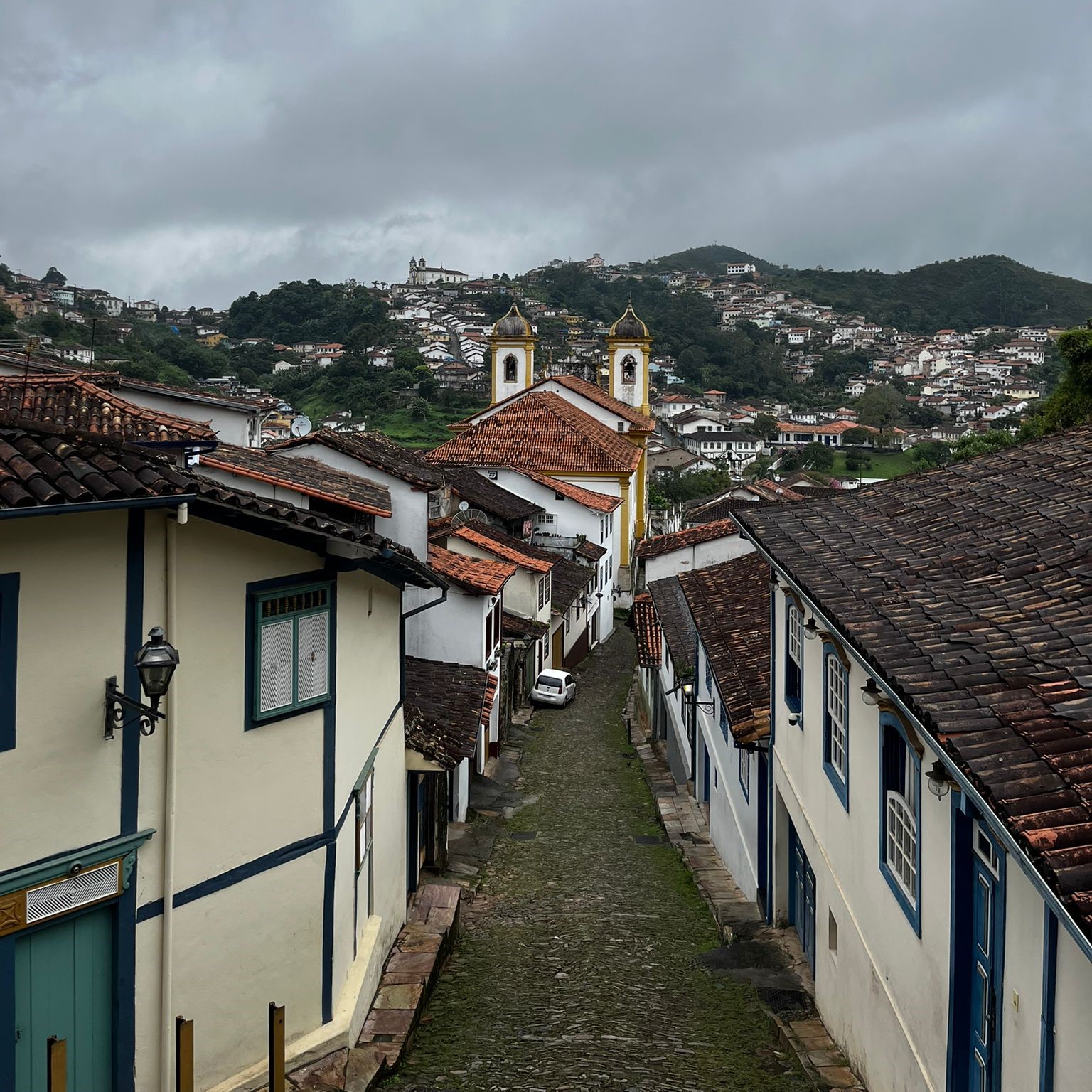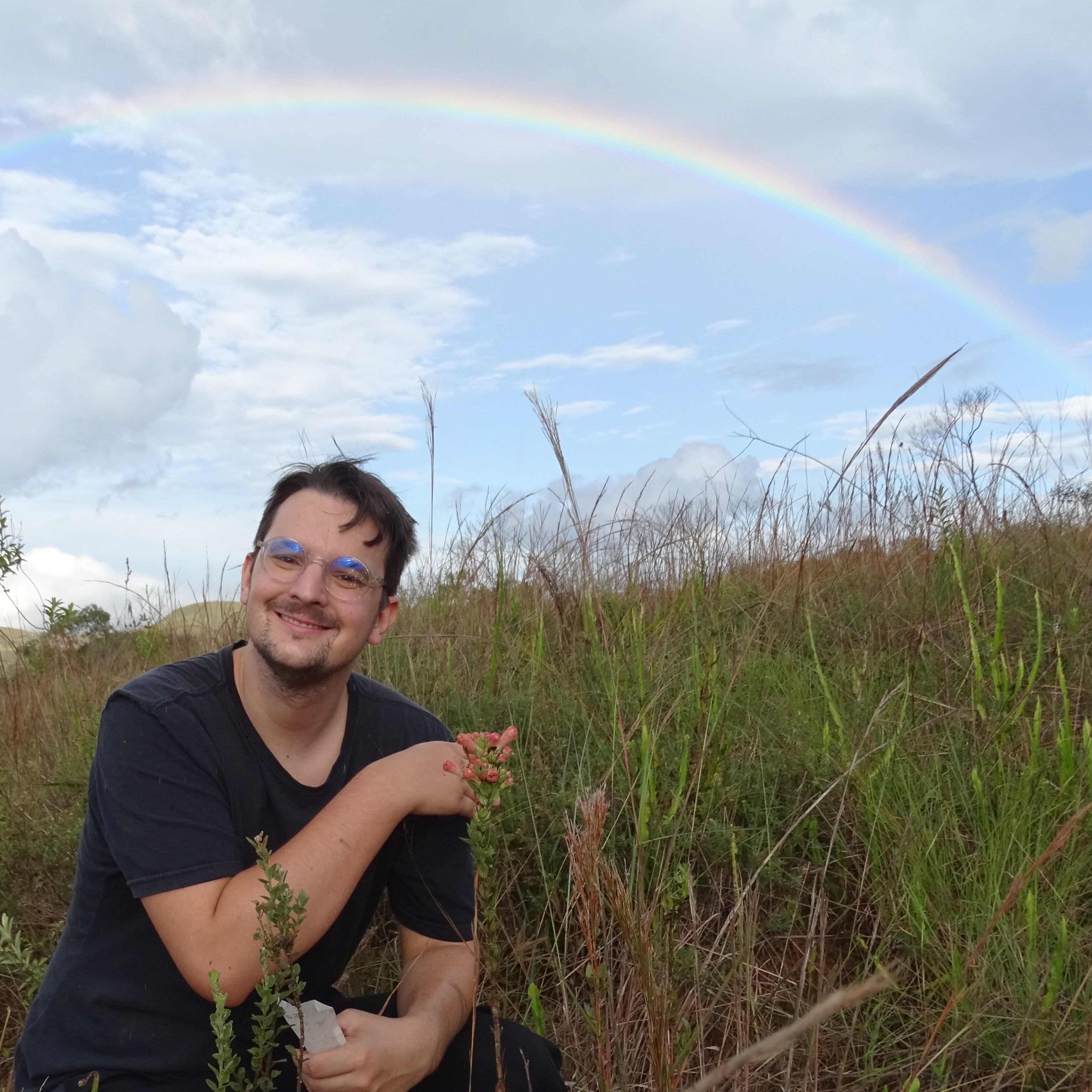Field trip in Brazil – Searching for Agalinis and Esterhazya species, Part I
Published:
I had the opportunity to return to my home country to sample species from the group that is the focus of my postdoctoral research, Agalinis and Esterhazya. We began our fieldwork in Minas Gerais, a region considered a biodiversity hotspot for this group, especially because many species are endemic to the campos rupestres ecoregion. This ecoregion constitutes less than 1% of Brazilian territory but is extremely biodiverse, consisting of discontinuous and isolated highland grasslands and rocky outcrops in eastern Brazil, where Agalinis and Esterhazya species particularly thrive. For the first part of the trip, I had the amazing help of Dr. Leonardo Gonçalves and Dr. Alice Backes. We started in Belo Horizonte and drove to Serra da Canastra National Park. After driving on some terrible dirt roads in a non-4x4 car, we managed to find Esterhazya macrodonta and E. splendida, in addition to admiring beautiful landscapes, waterfalls, sunsets, plants and animals—and enjoying delicious food (seriously, if you have the chance, try it—it is so worth it! “Comida mineira” is nationally famous and considered one of the best in the country). Unfortunately, we did not find Agalinis nana, which is endemic to Serra da Canastra National Park and has not been collected in over ten years.
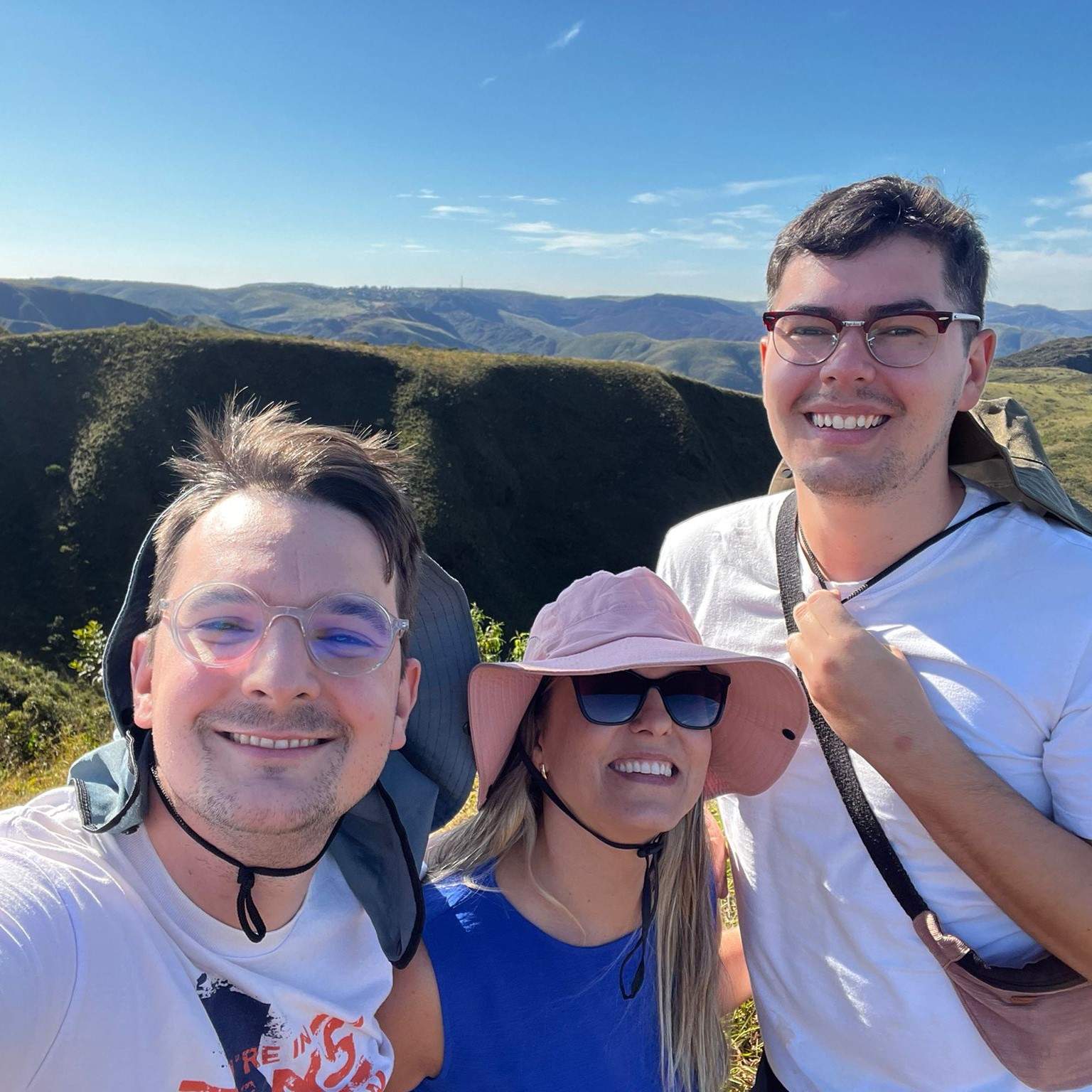
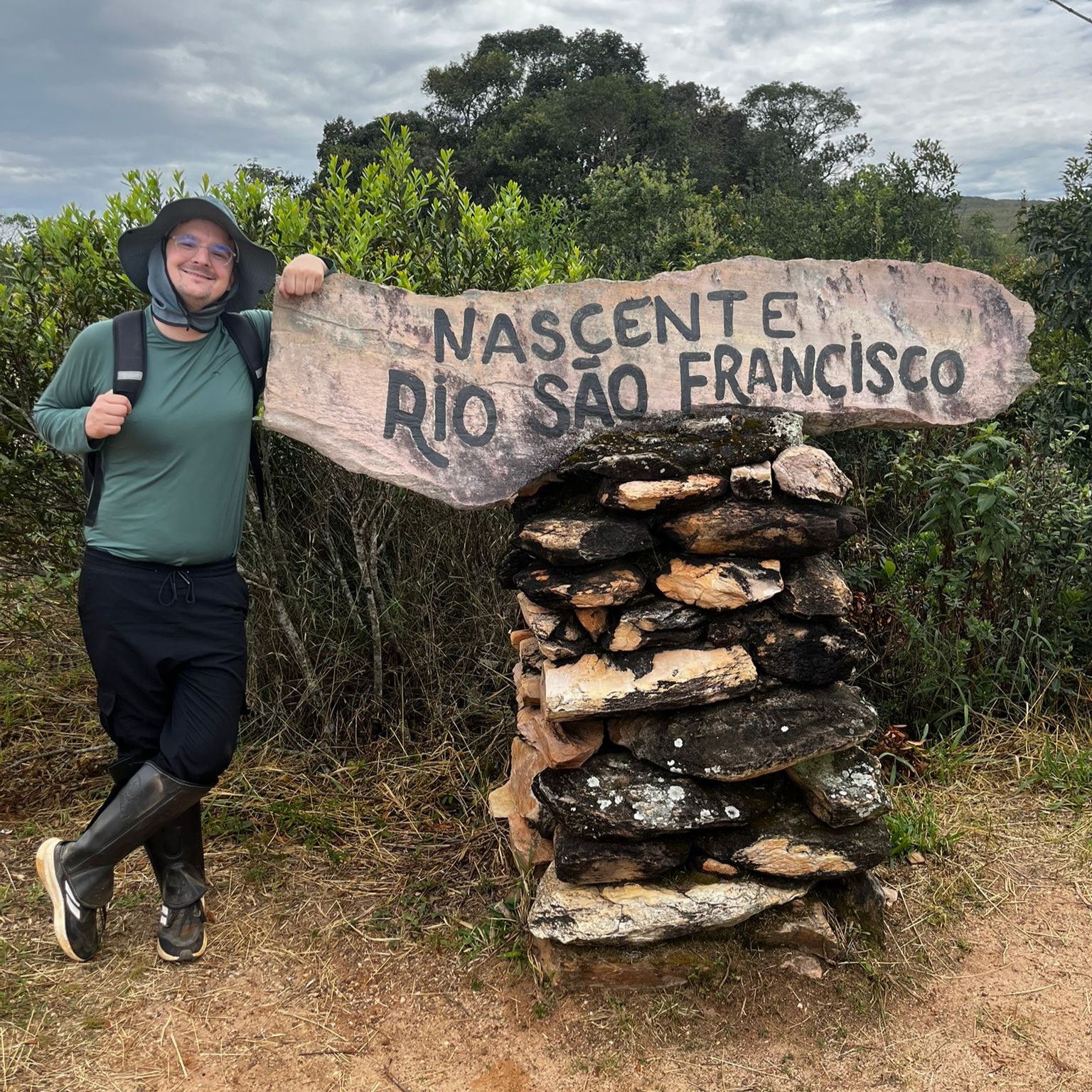
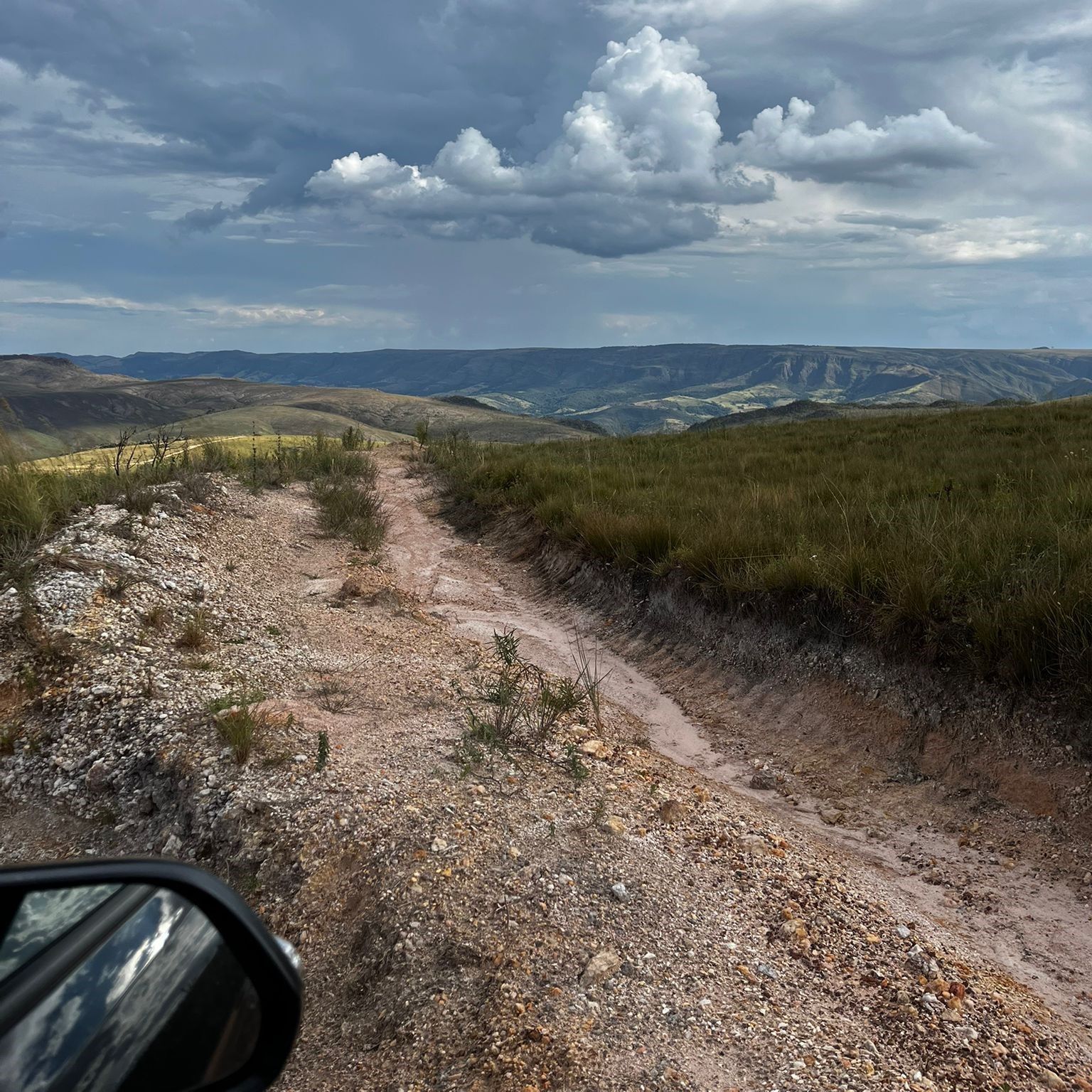
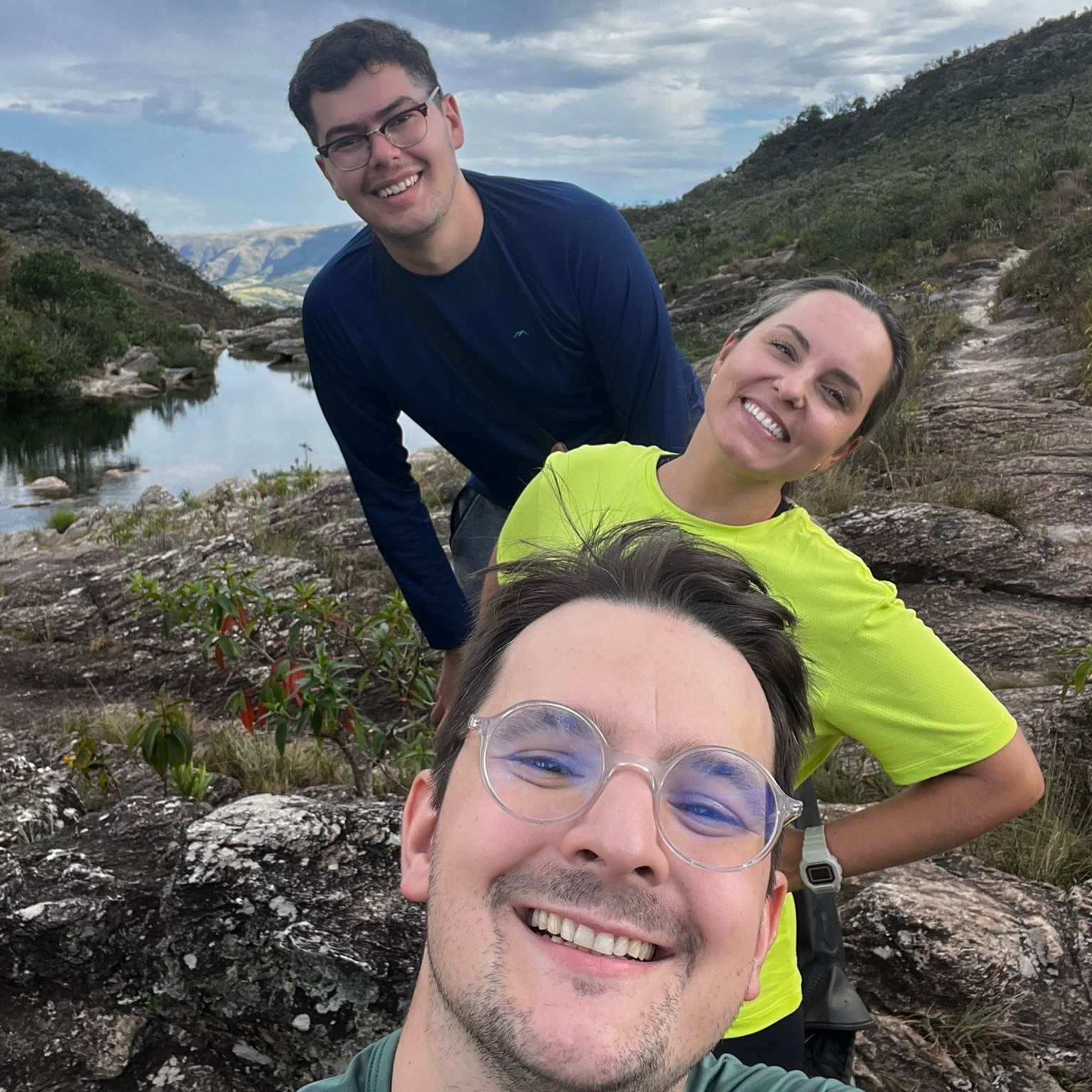


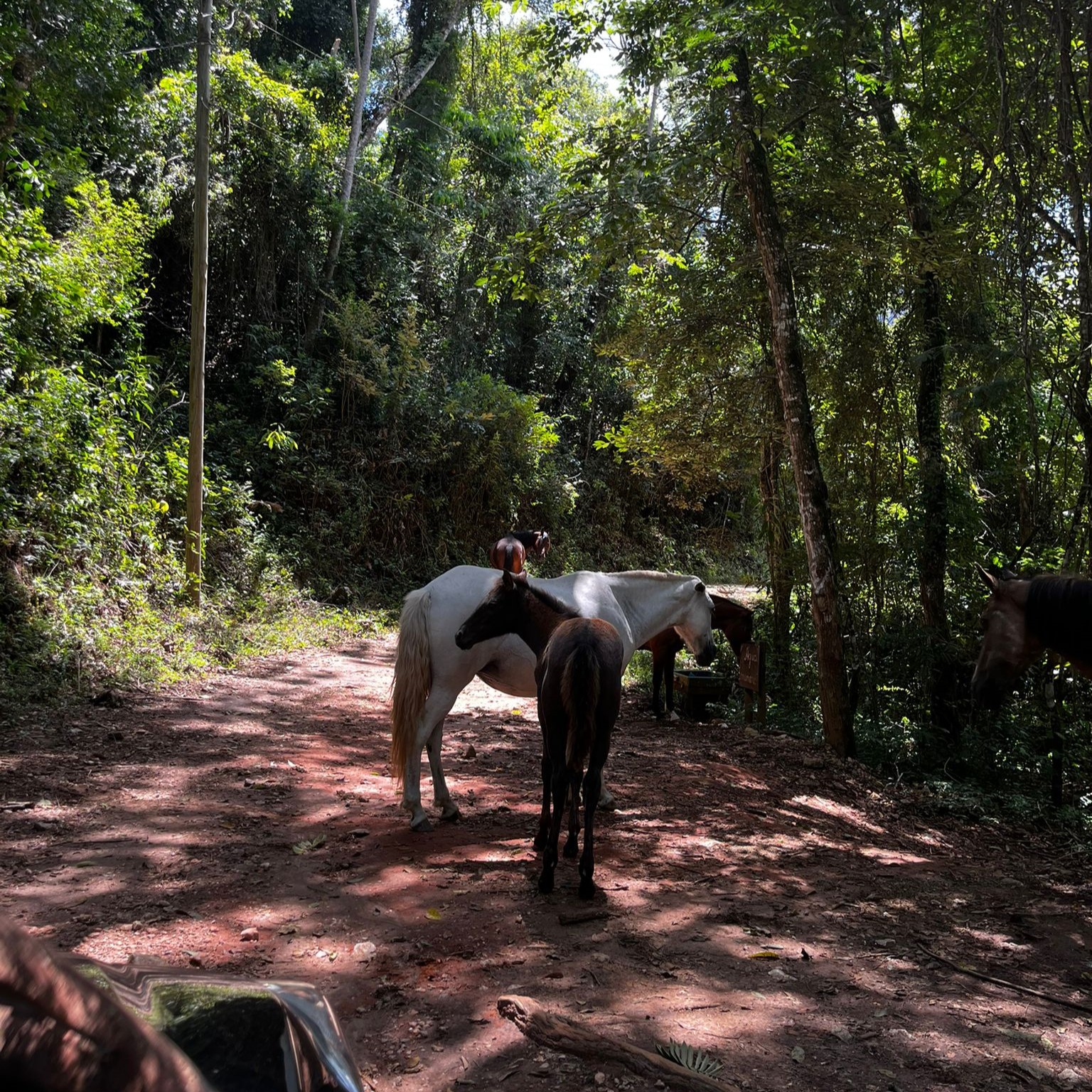

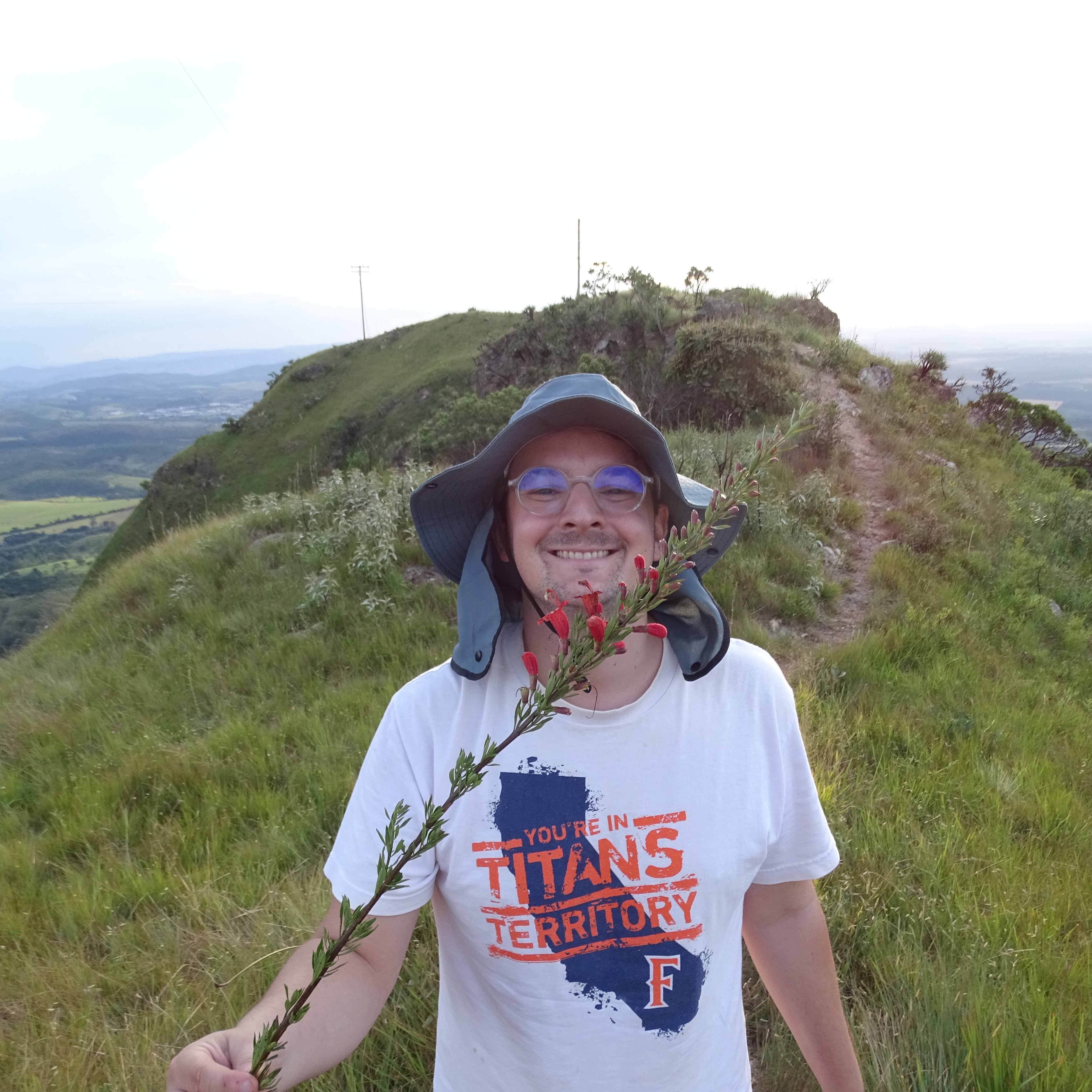

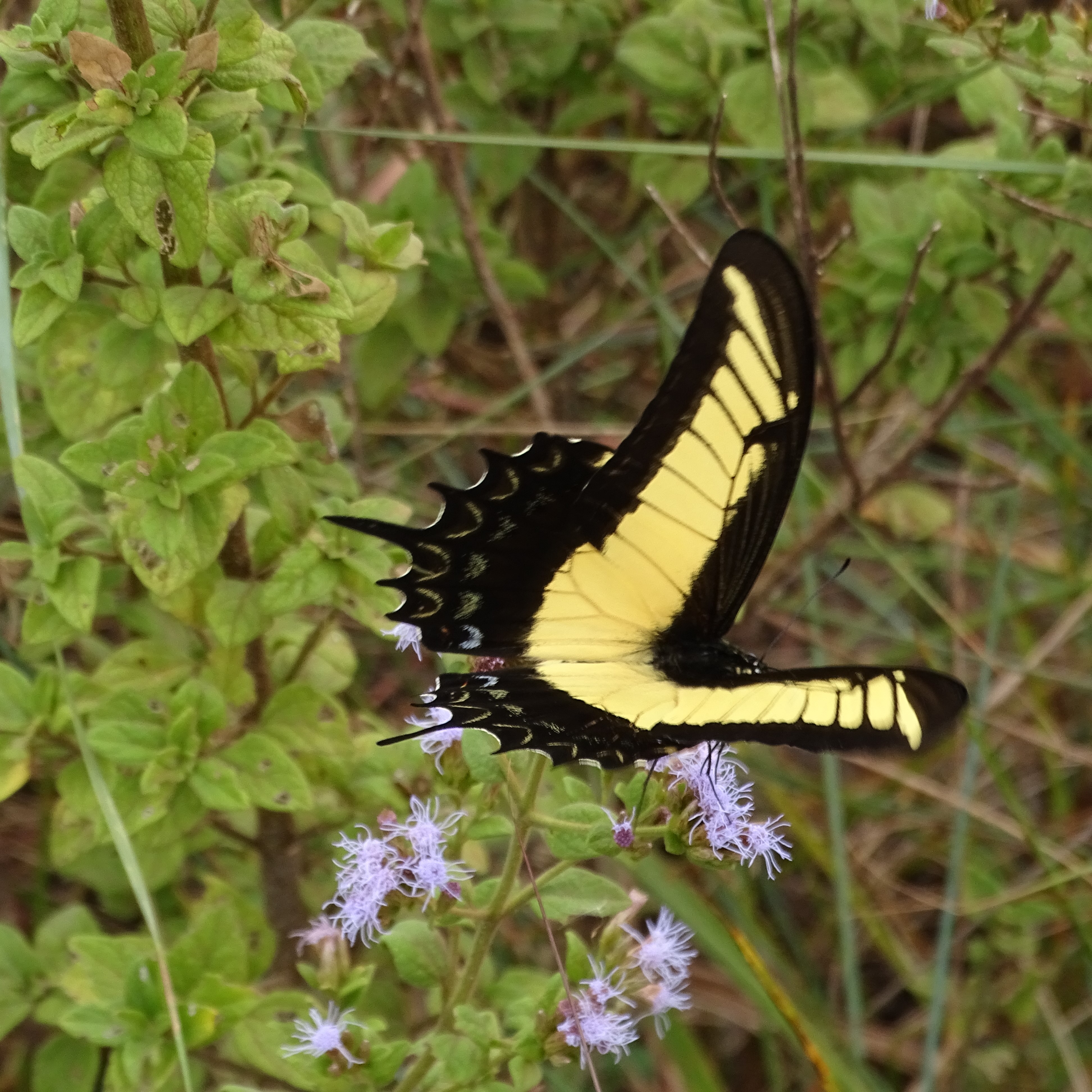



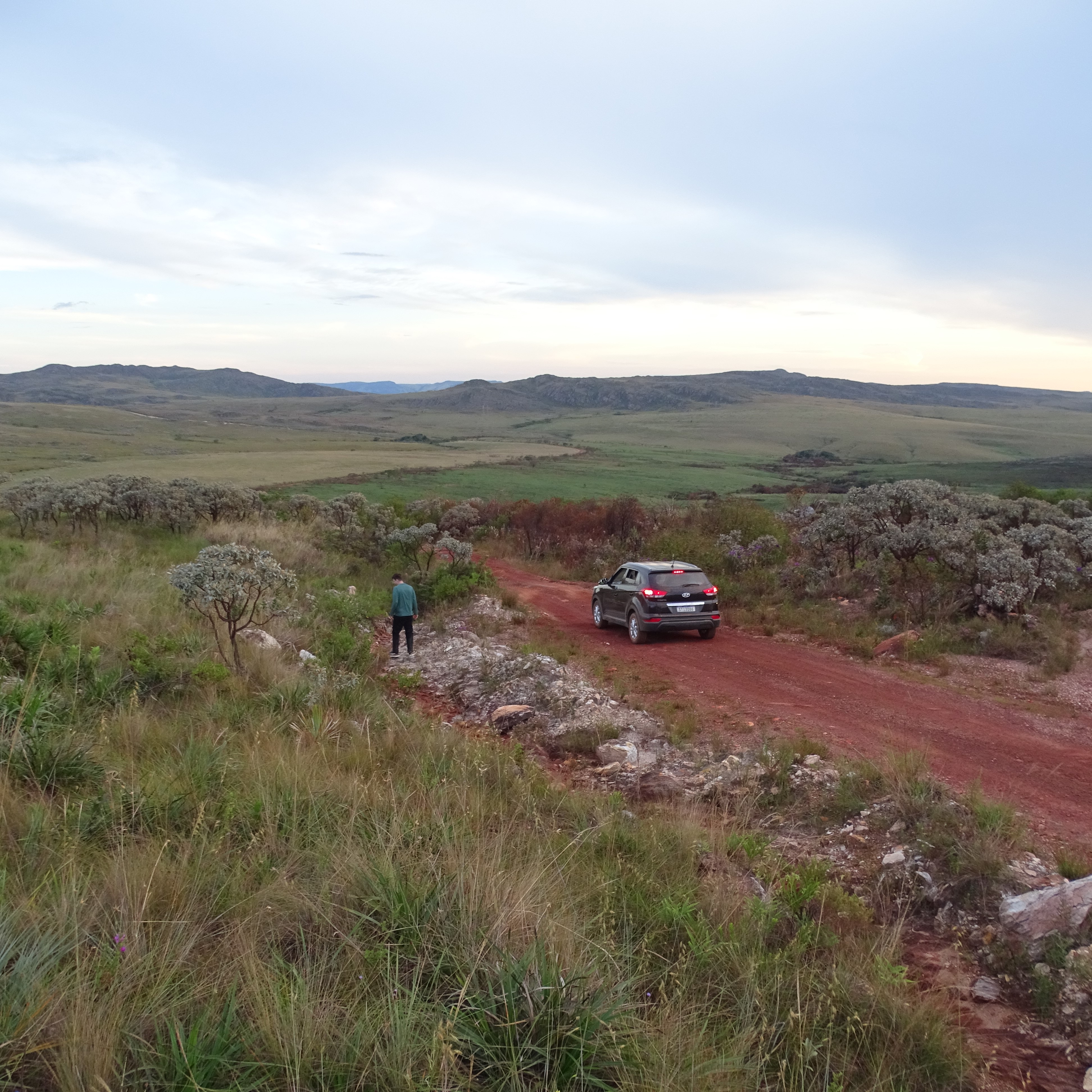
After leaving Serra da Canastra, we made our way to Serra dos Órgãos National Park in Rio de Janeiro, but not before stopping in Tiradentes, a charming historic town in Minas Gerais known for its beautiful Portuguese colonial architecture. Once at Serra dos Órgãos, I faced the toughest hike of my life while searching for the endemic Agalinis ramosissima. We started our hike at 9 am at about 1,100 meters of elevation, but our target species only grows at the top of the mountain, Pedra do Açu, which sits at over 2,200 meters. We reached the summit around 4 pm, and the view was absolutely stunning—above the clouds! We found A. ramosissima, but soon after, fog rolled in, and we got worried about being stuck up there during a thunderstorm. We began our way down, and after hiking more than 16 kilometers, we finally got to the bottom at around 9 pm. It was an exhausting hike, but the stunning mountain views and the reward of finding our plant made it all worth it!
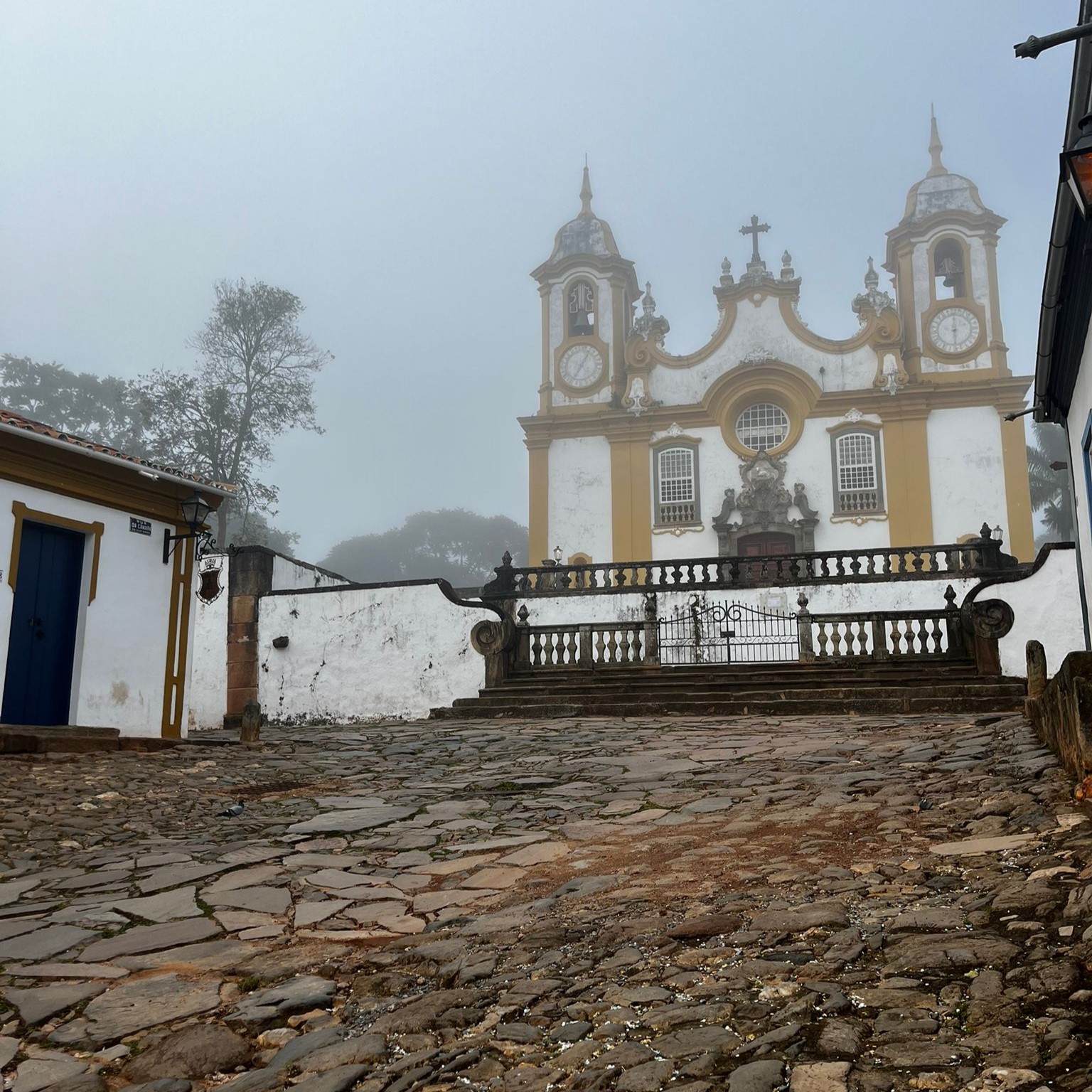
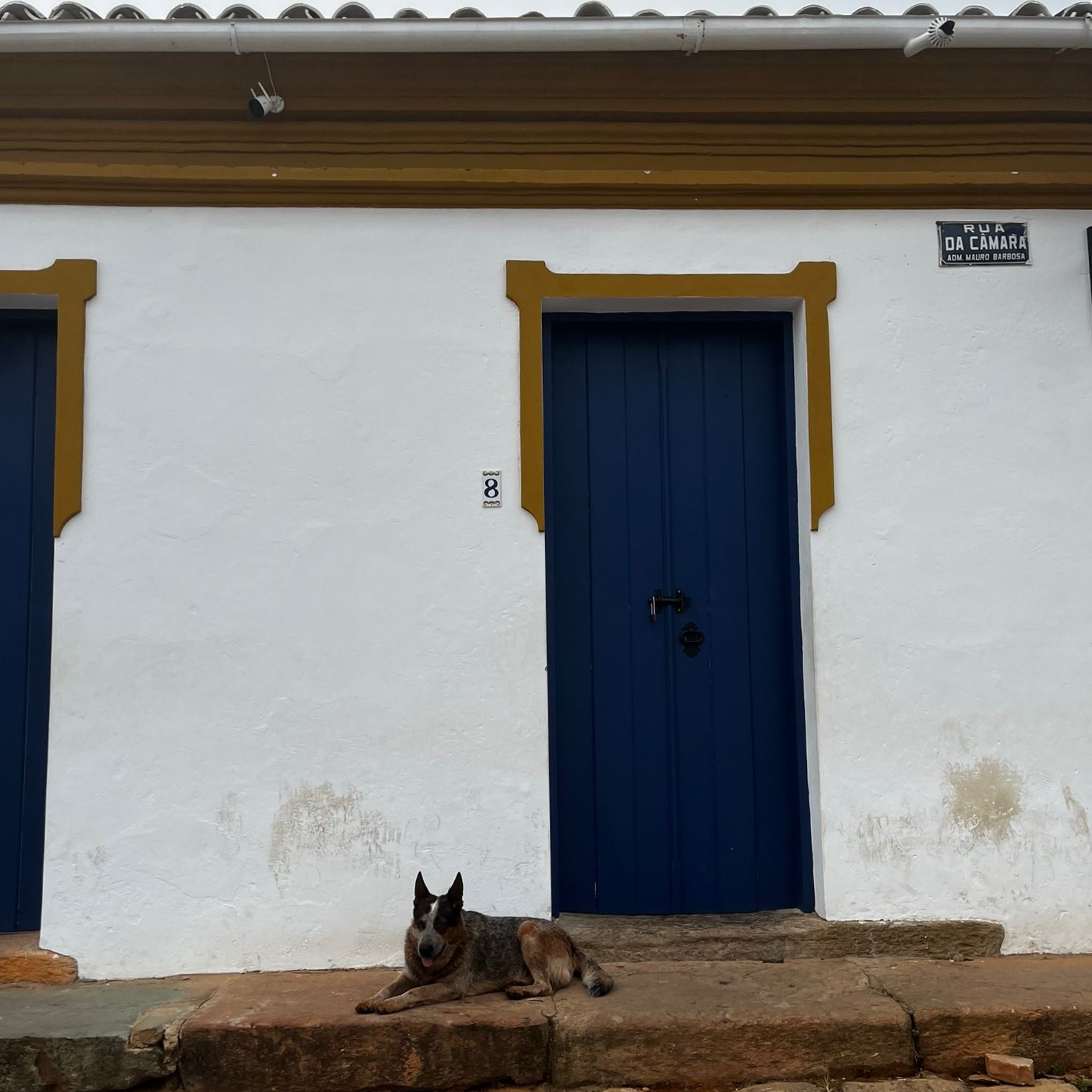

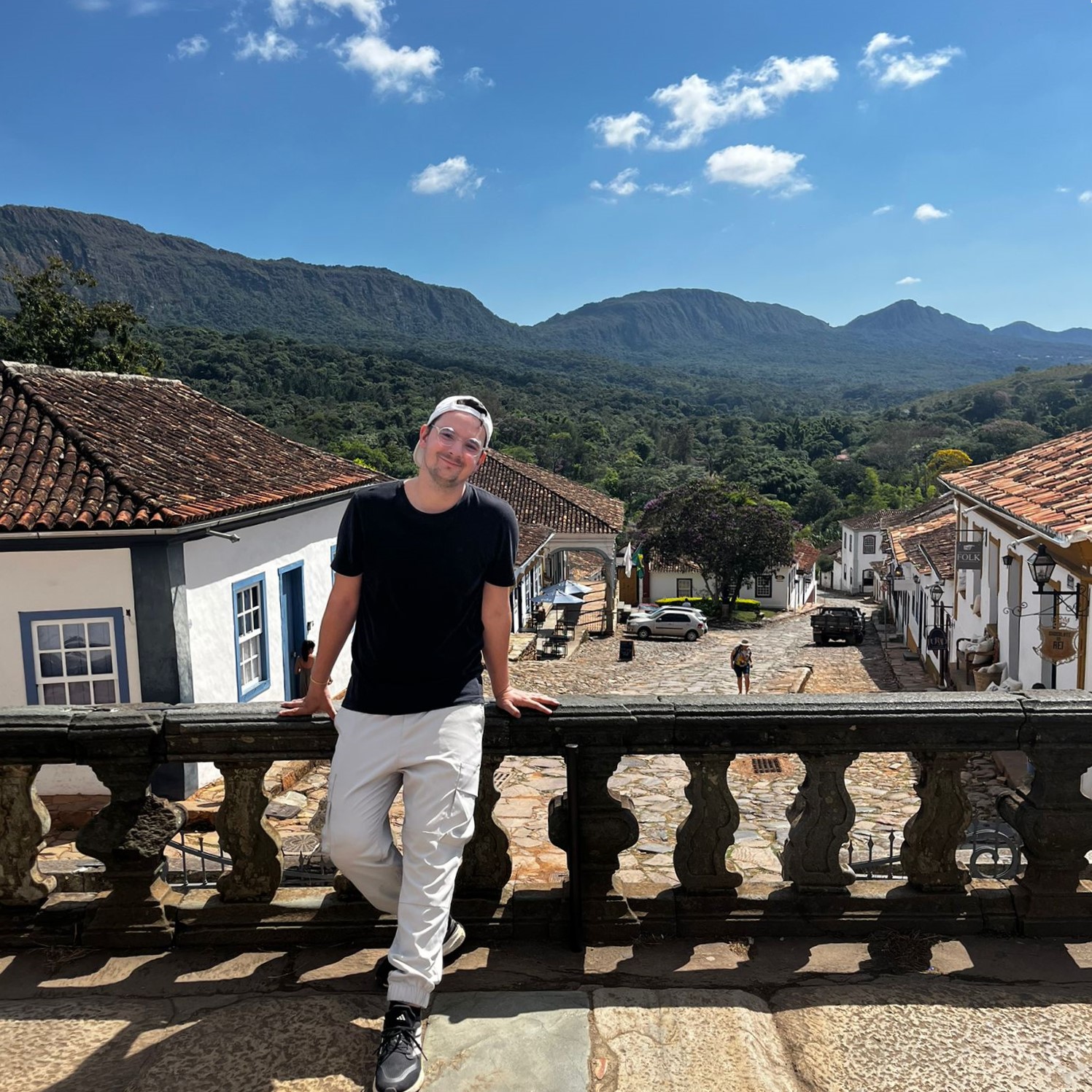



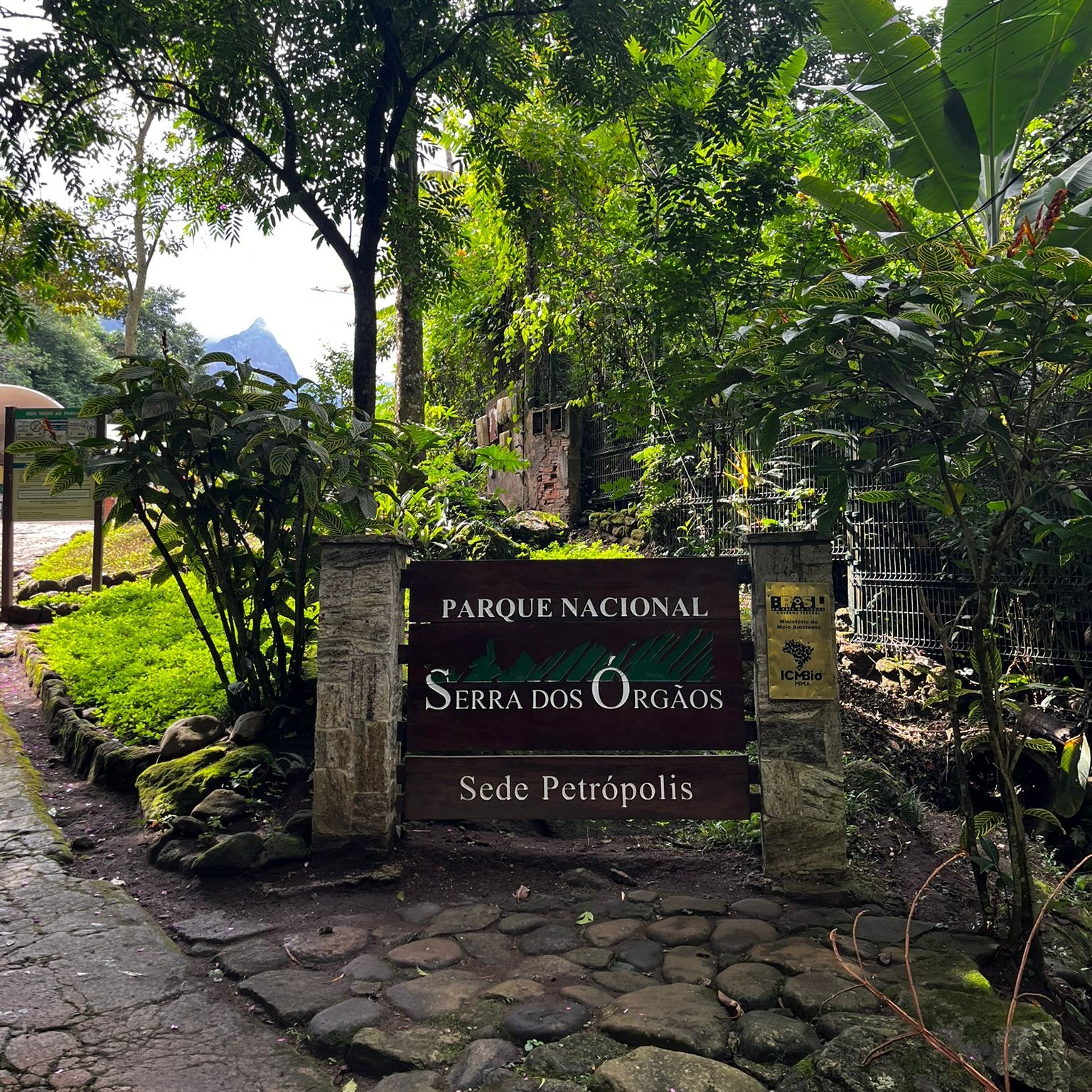
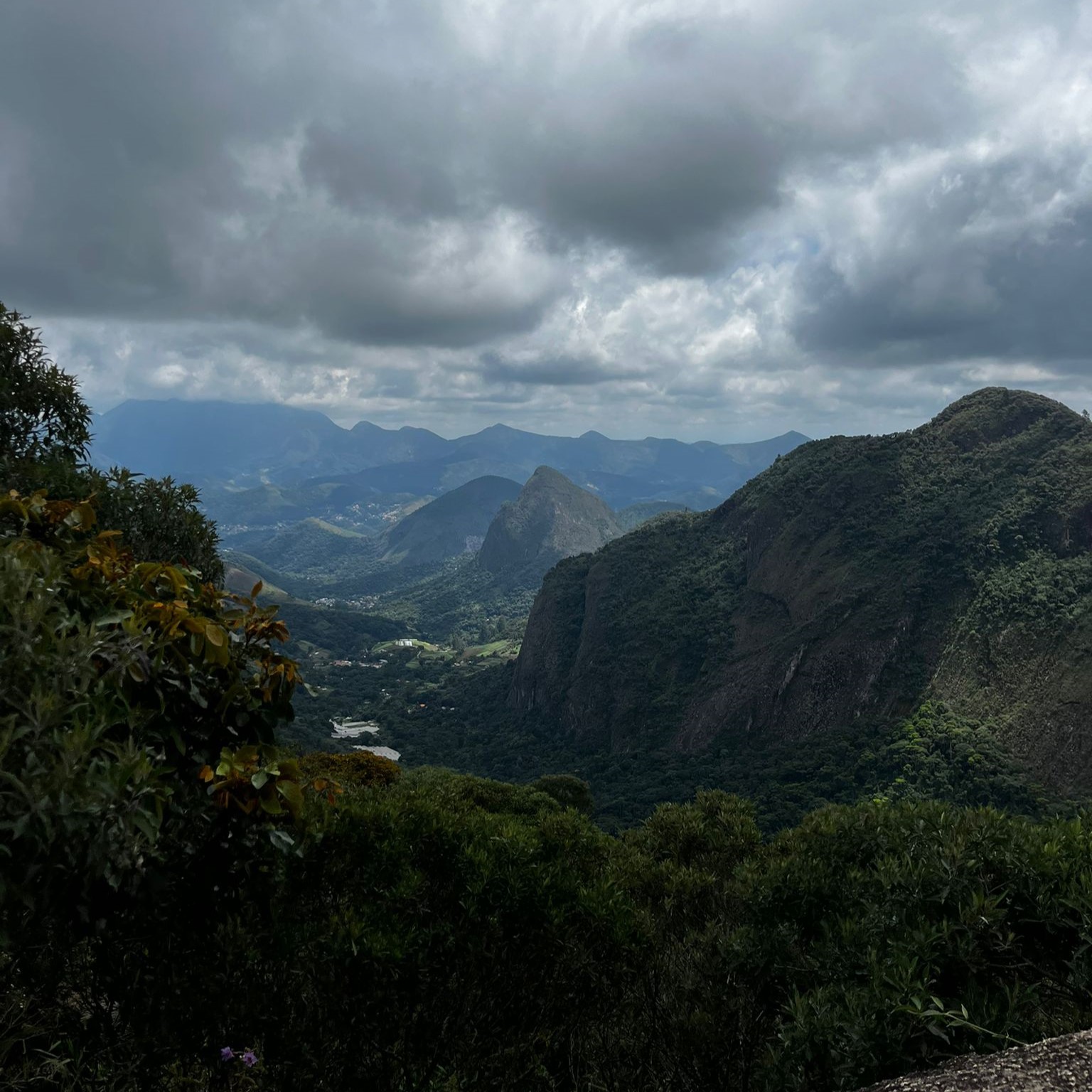
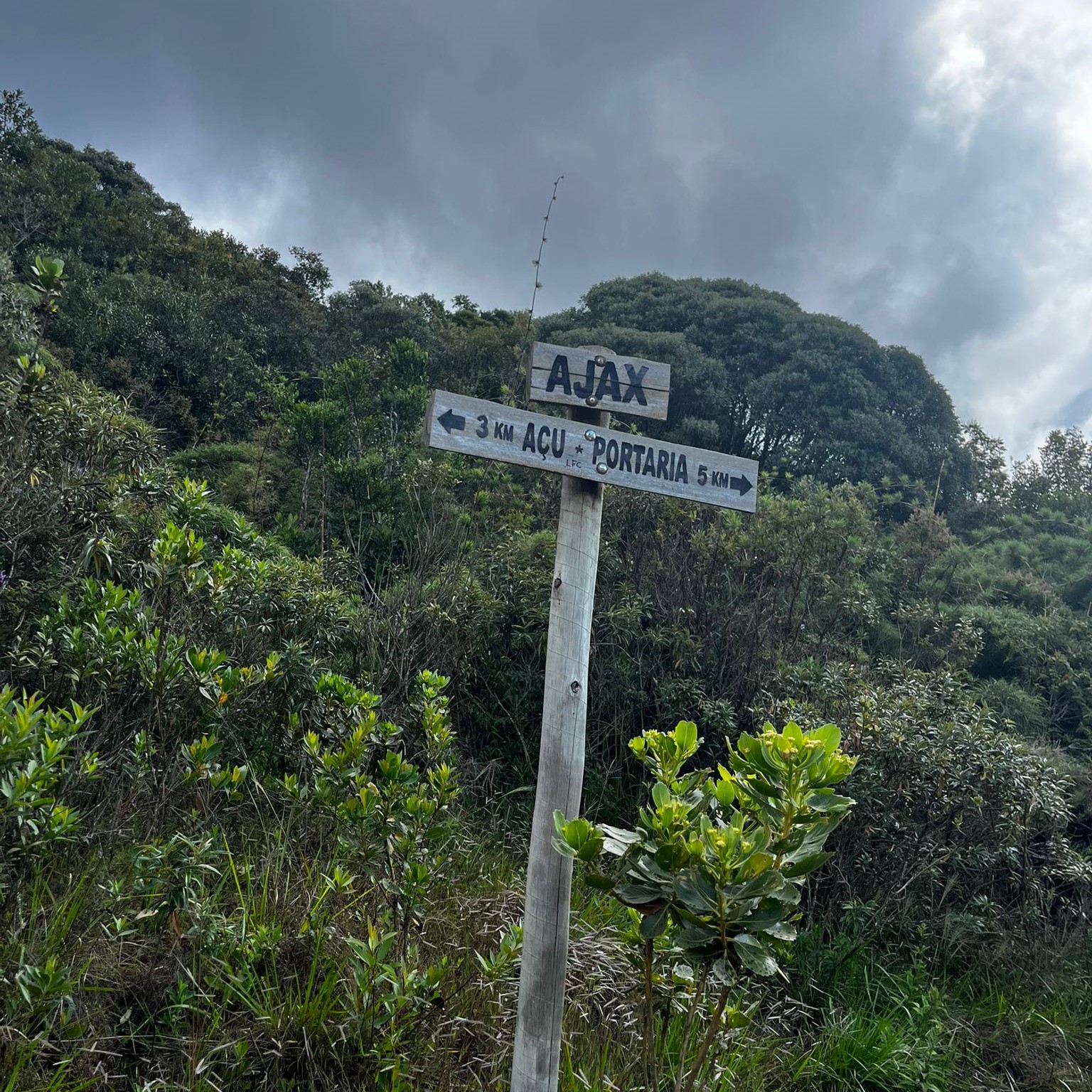
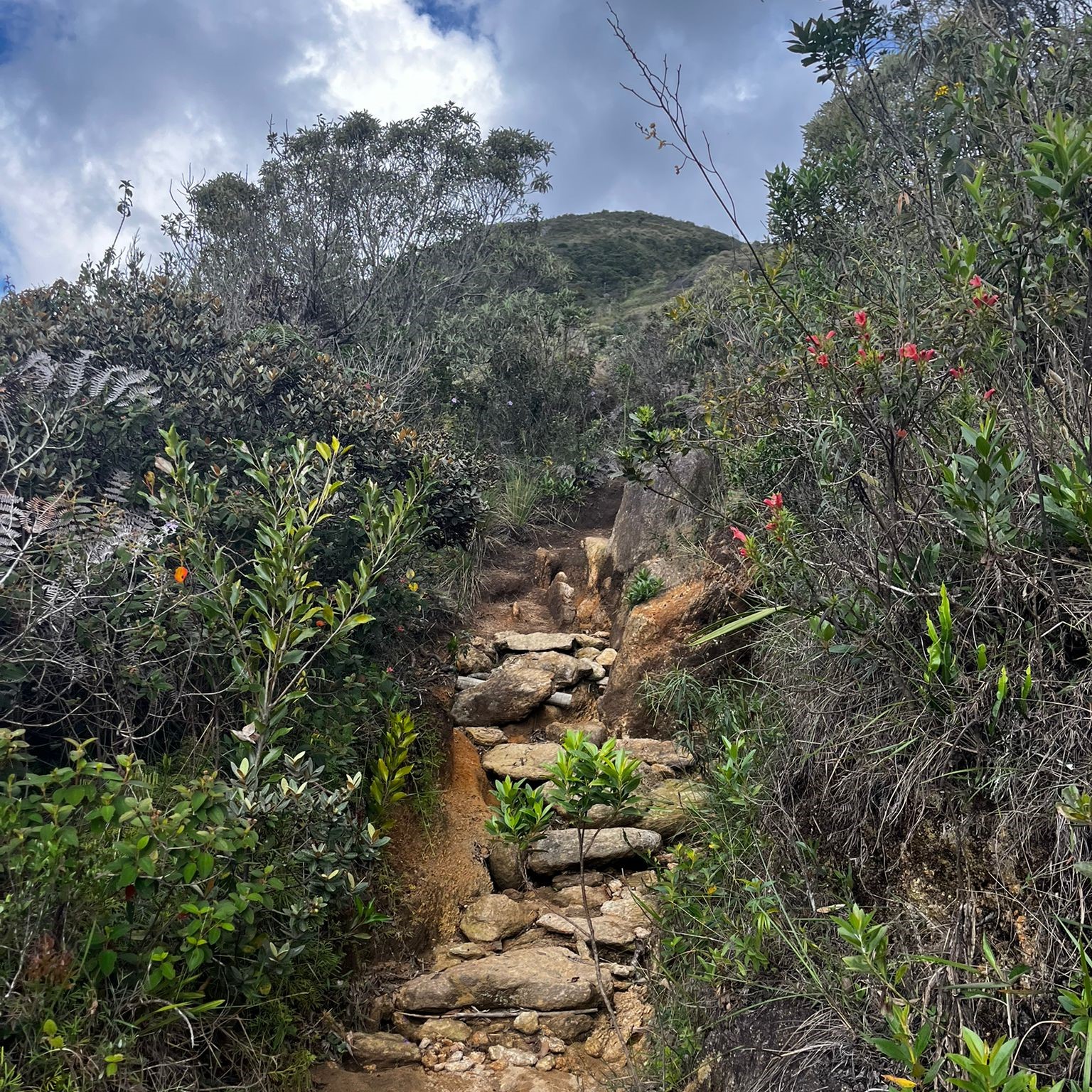
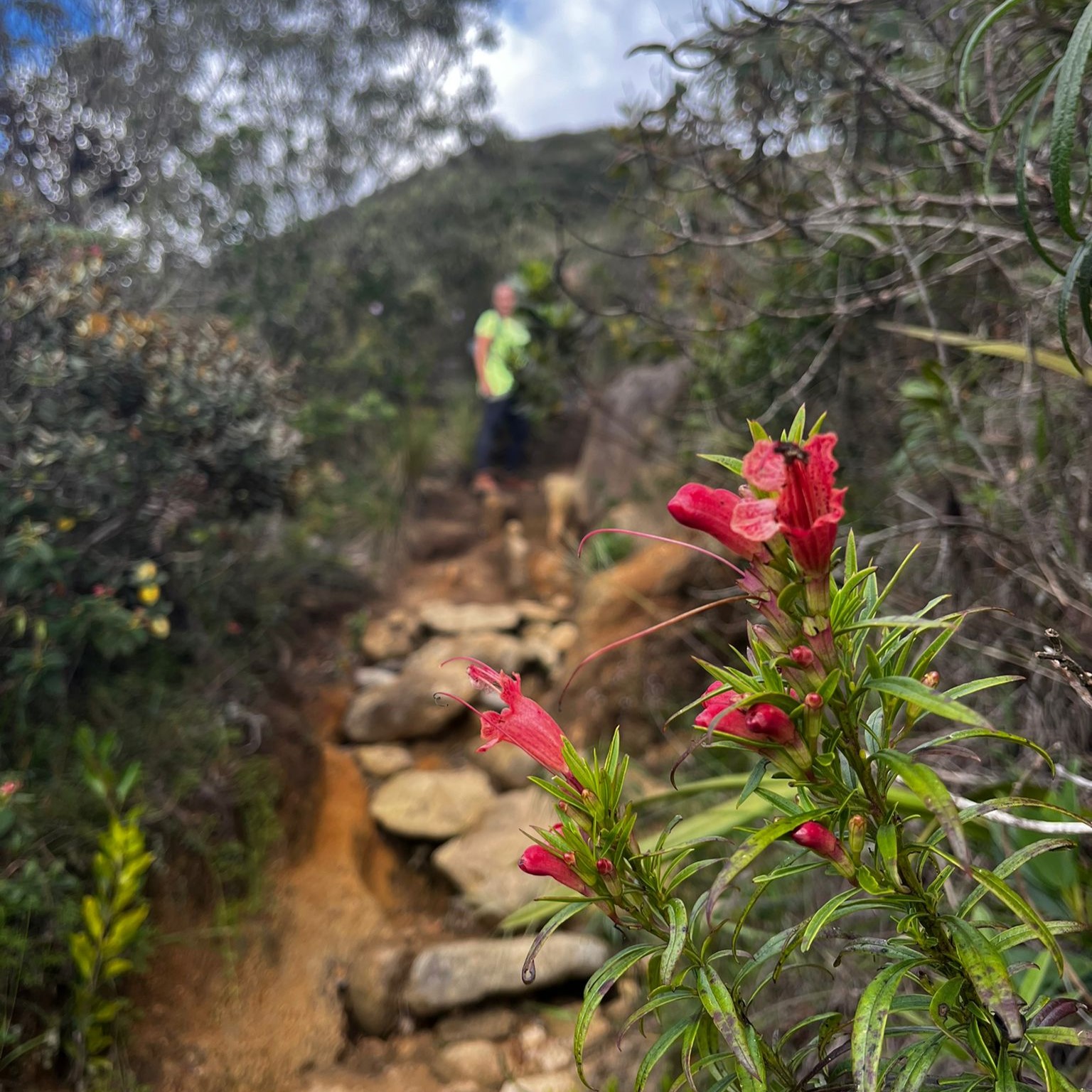




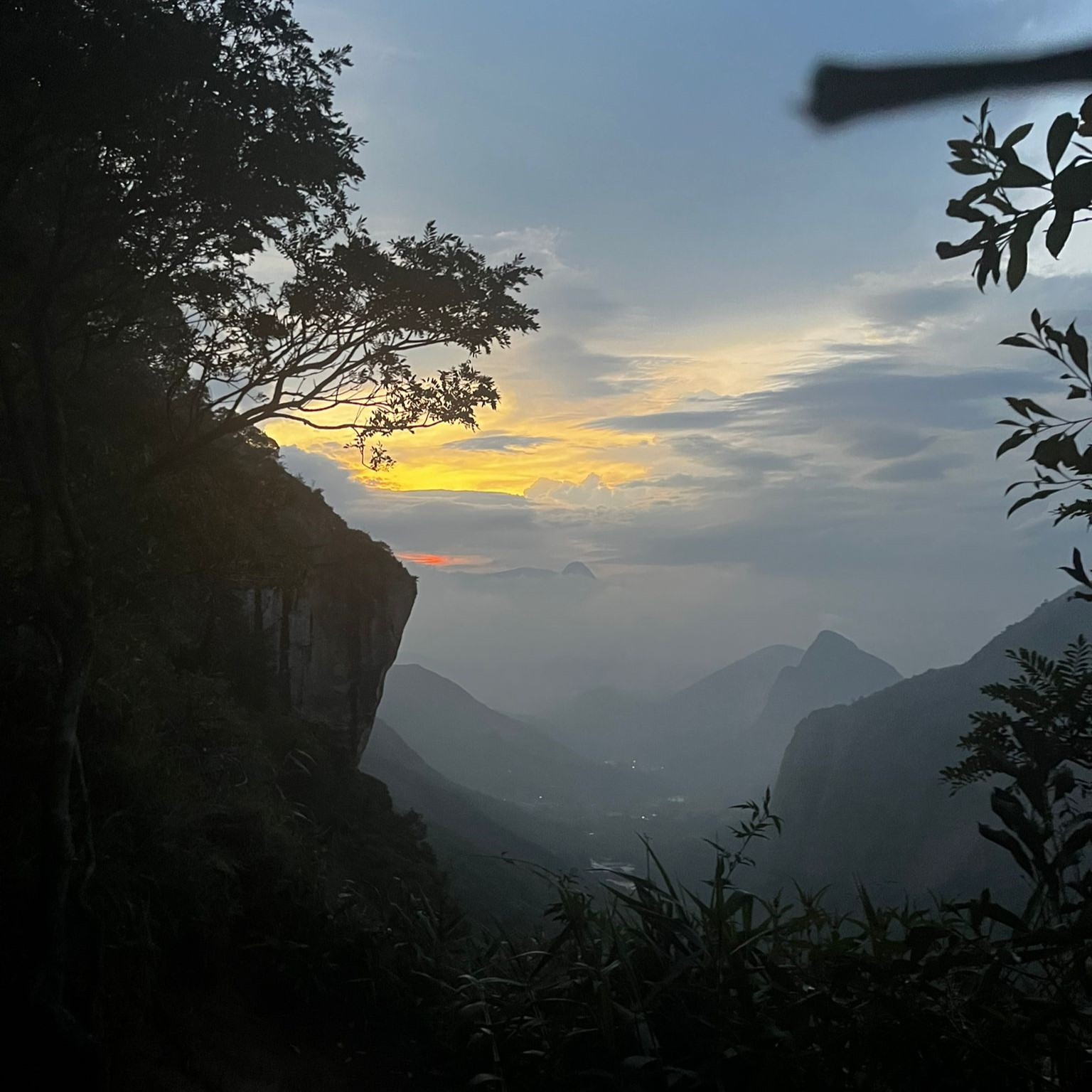







On the final days of Part I, we searched for the most recently described and endemic species of the genus, Agalinis marianae, near the towns of Mariana and Ouro Preto, Minas Gerais. Unfortunately, all known populations of this species are located on land owned by mining companies, and we were unable to access them or find any new populations nearby ☹️. Thankfully, we have collaborators at the herbarium of the Universidade Federal de Minas Gerais (BHCB herbarium), and we were able to sample some specimens there! I’d like to end this post by thanking everyone who helped make this part of the fieldwork such a success—especially Dr. Alice, who drove throughout the entire trip, and all the staff from ICMBio and the Serra da Canastra and Serra dos Órgãos National Parks for their time and support in getting permits and helping organize the logistics!
